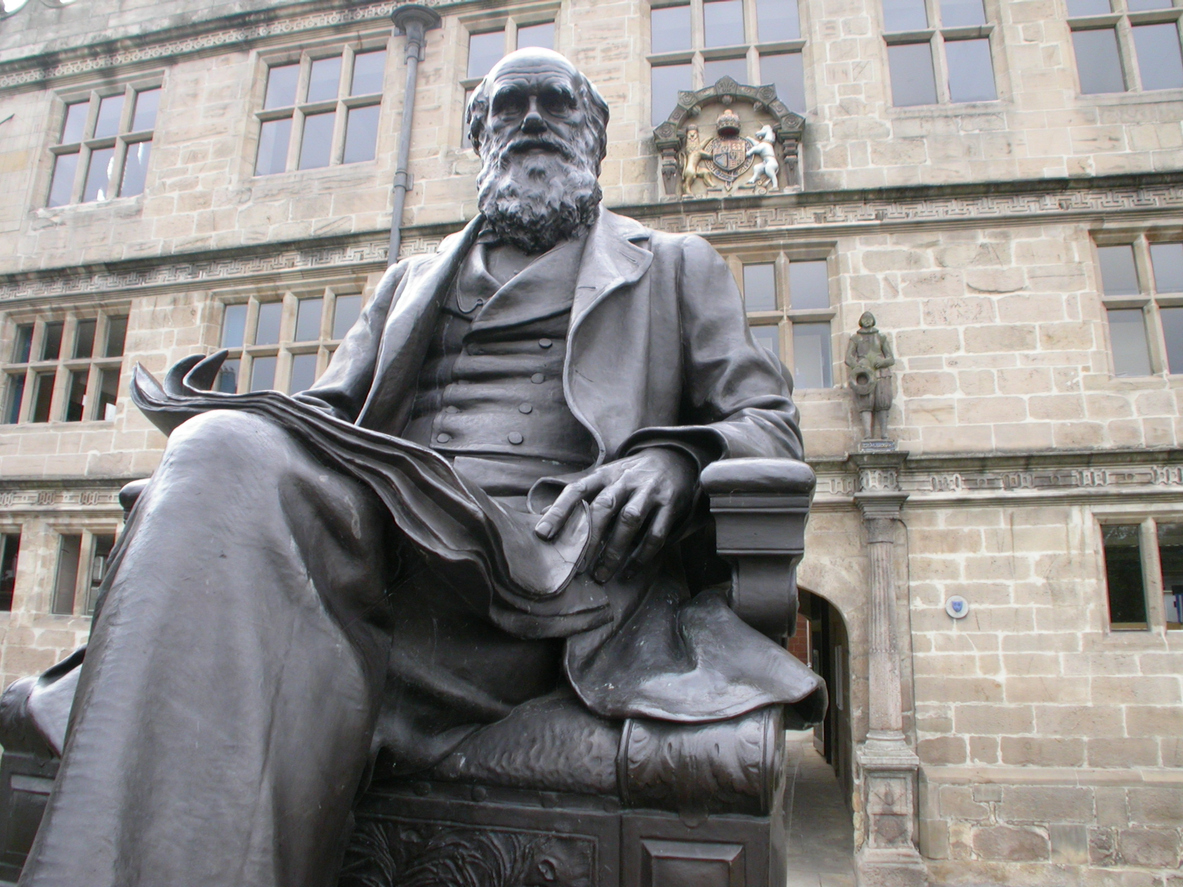 For many centuries, lead was the favored material for water pipes due to its malleability. However, the health hazards associated with ingesting lead were not fully understood until the late 1900s. Now, with a massive water infrastructure that utilizes lead pipes and instances of corrosion and leaching causing development and neurological effects in young children consuming tainted water, researchers from Washington University in St. Louis are researching the potential impact of replacing lead pipes.
For many centuries, lead was the favored material for water pipes due to its malleability. However, the health hazards associated with ingesting lead were not fully understood until the late 1900s. Now, with a massive water infrastructure that utilizes lead pipes and instances of corrosion and leaching causing development and neurological effects in young children consuming tainted water, researchers from Washington University in St. Louis are researching the potential impact of replacing lead pipes.
According to the research team, digging up lead pipes to replace them with copper piping would not only be extremely expensive, but potentially dangerous. The team developed a new way to model and track where dislodged lead particles might be transported during the replacement process.
“We all know lead is not safe, it needs to go,” says Pratim Biswas, past ECS member and chair of Energy, Environmental and Chemical Engineering at the School of Engineering & Applied Science. “This is the first comprehensive model that works as a tool to help drinking-water utility companies and others to predict the outcome of an action. If they have the necessary information of a potential action, they can run this model and it can advise them on how best to proceed with a pipe replacement to ensure there are no adverse effects.”


 Chemists have engineered a molecule that uses light or electricity to convert carbon dioxide into carbon monoxide—a carbon-neutral fuel source—more efficiently than any other method of “carbon reduction.”
Chemists have engineered a molecule that uses light or electricity to convert carbon dioxide into carbon monoxide—a carbon-neutral fuel source—more efficiently than any other method of “carbon reduction.”
 Reports of a woman’s
Reports of a woman’s  One of the keys to developing a successful electric vehicle relies on energy storage technology. For an EV to be successful in the marketplace, it must be able to travel longer distances (i.e. over 300 miles on a single charge).
One of the keys to developing a successful electric vehicle relies on energy storage technology. For an EV to be successful in the marketplace, it must be able to travel longer distances (i.e. over 300 miles on a single charge). “The
“The